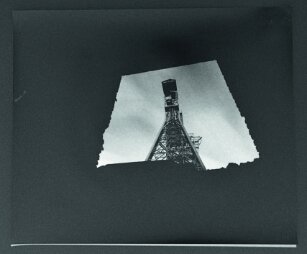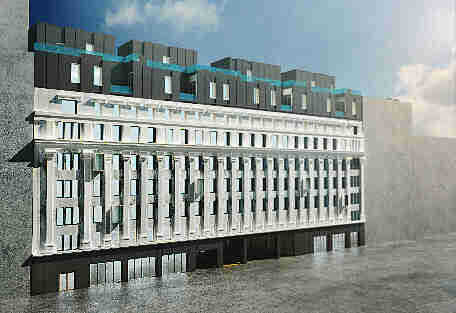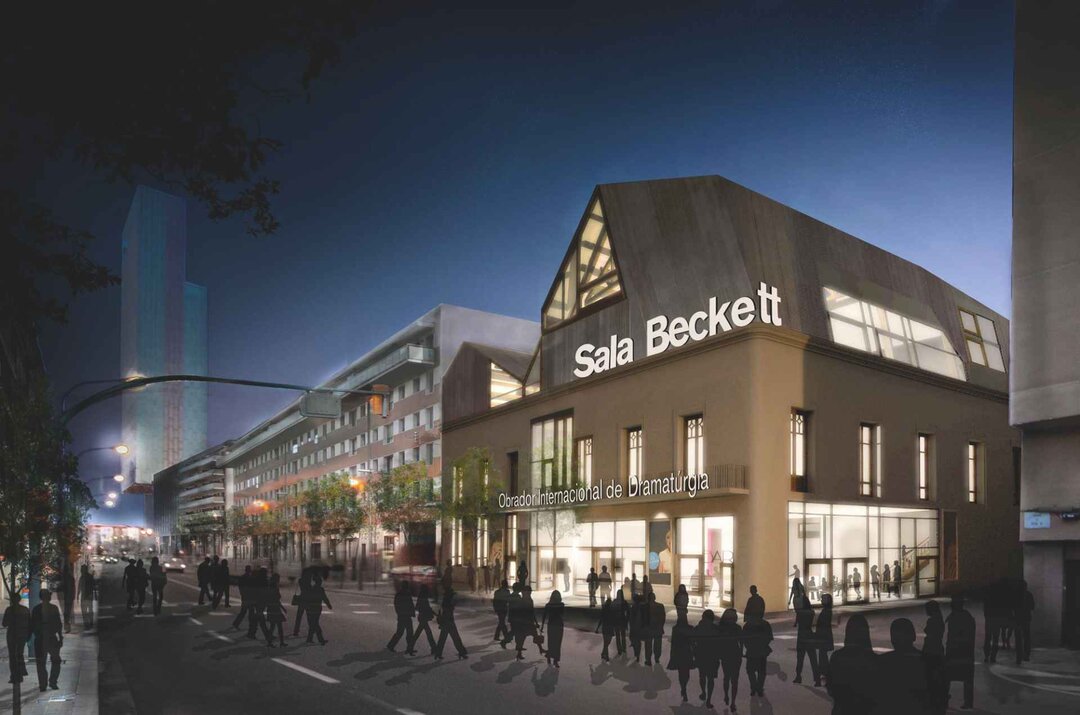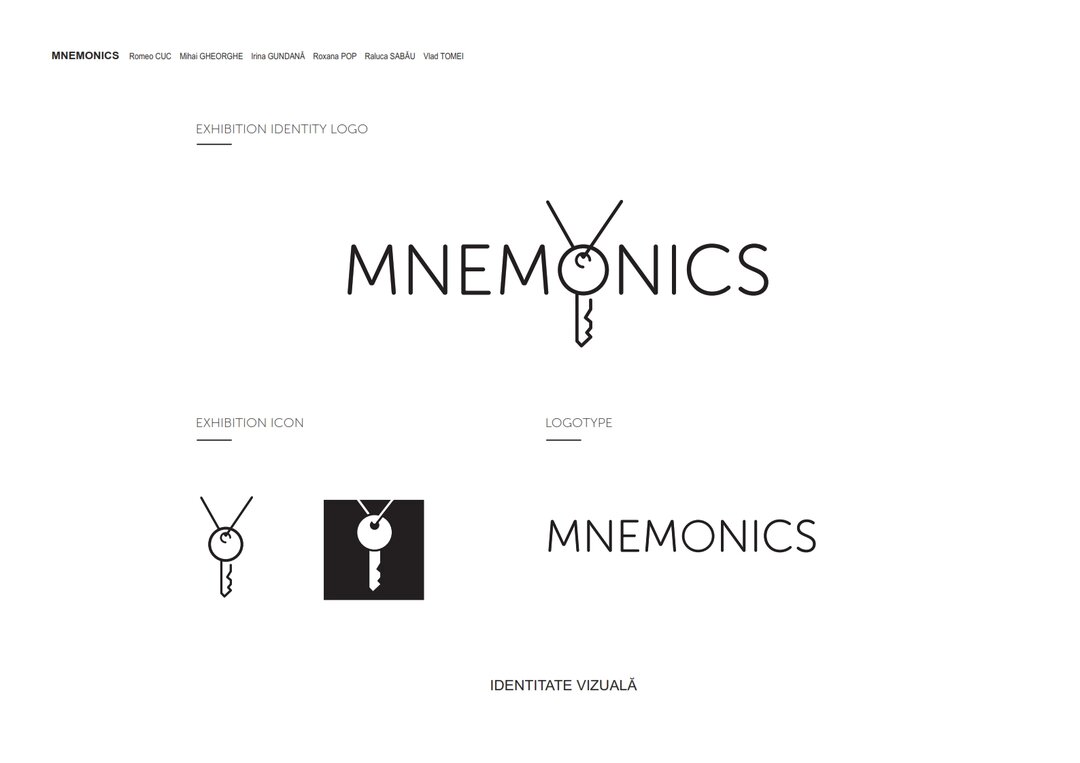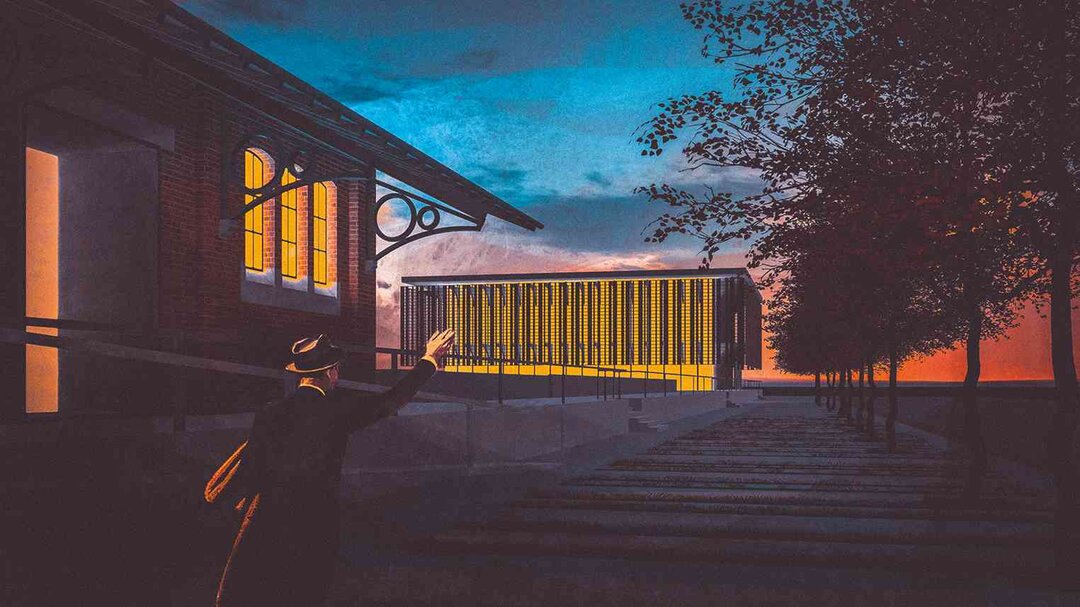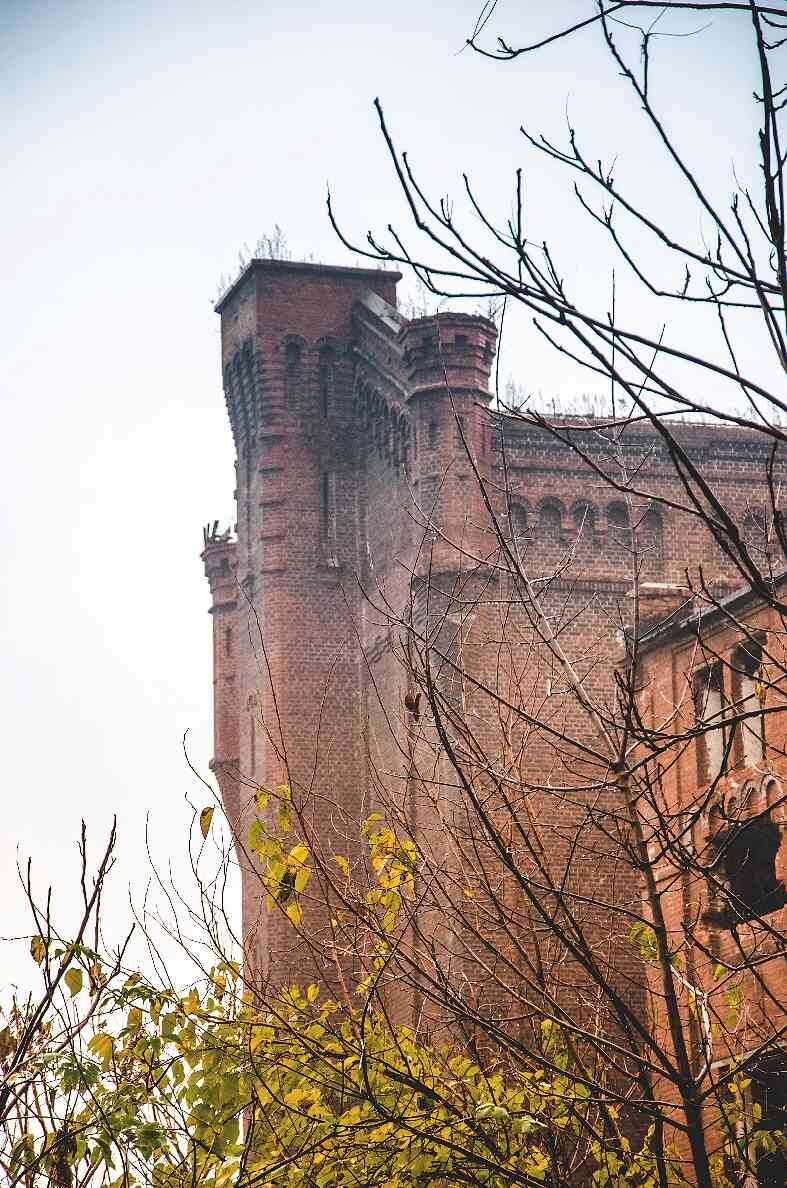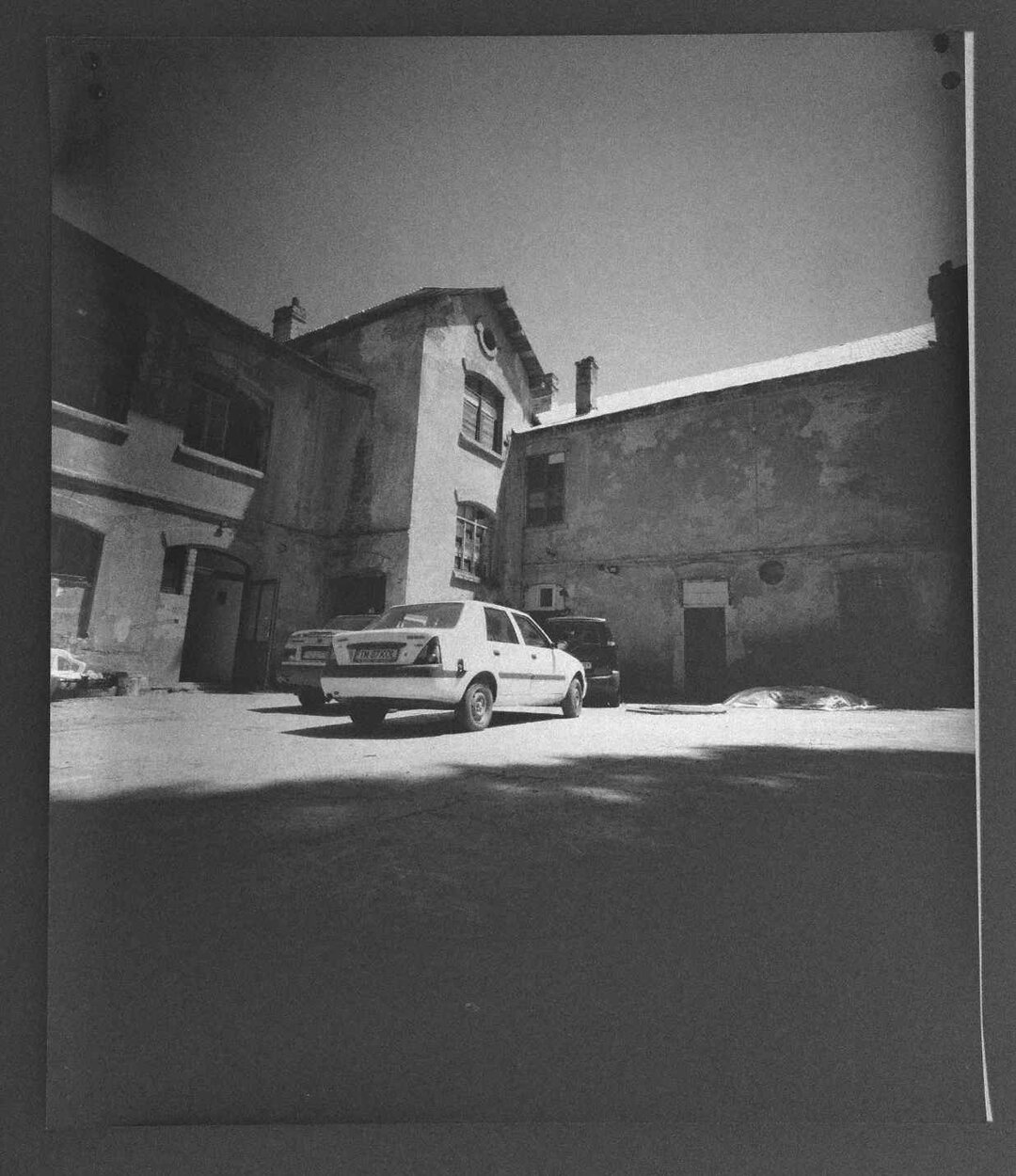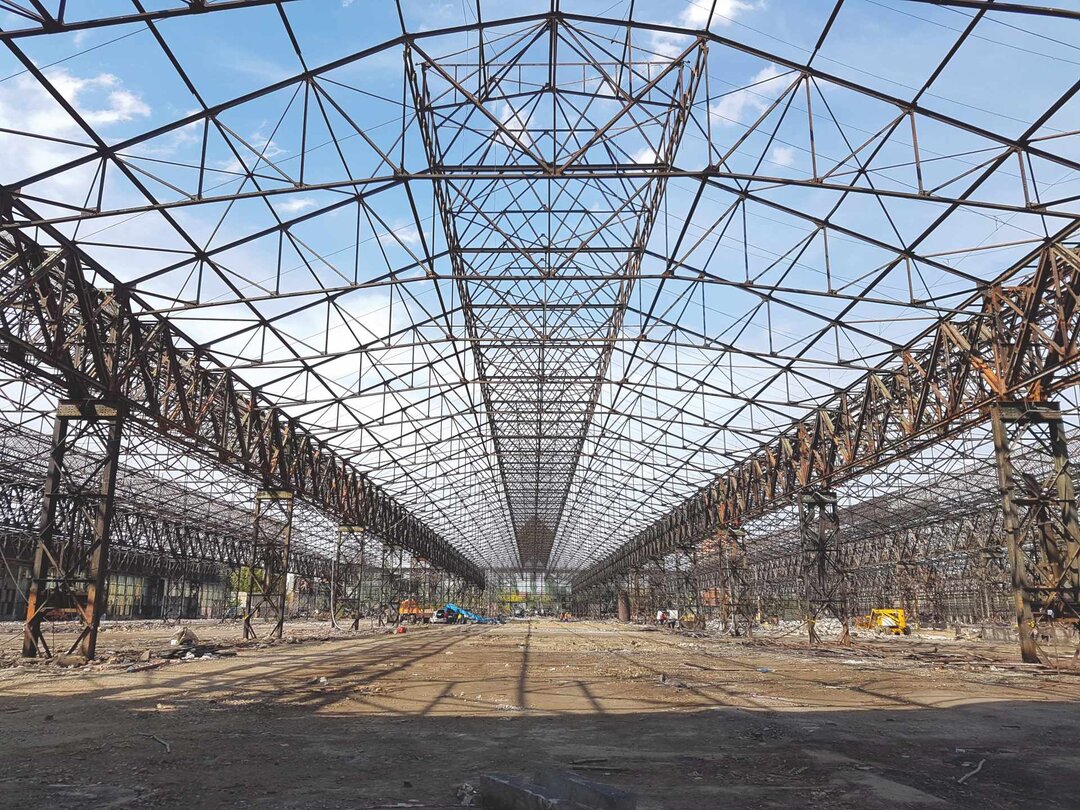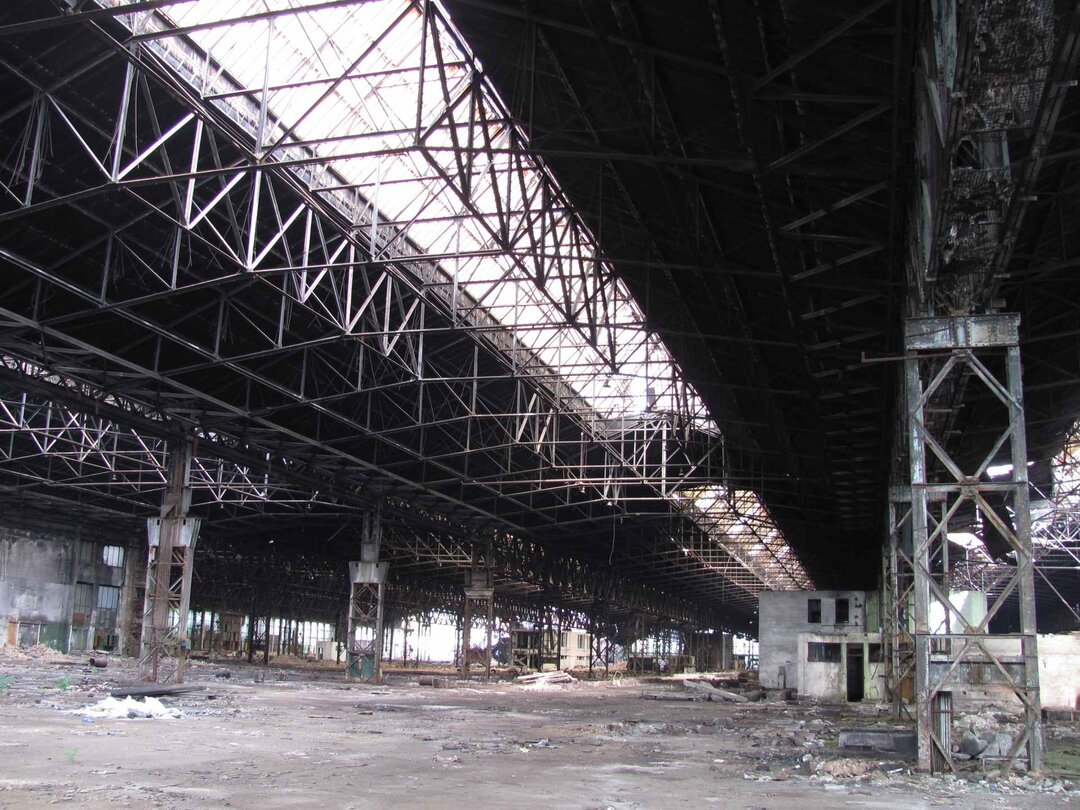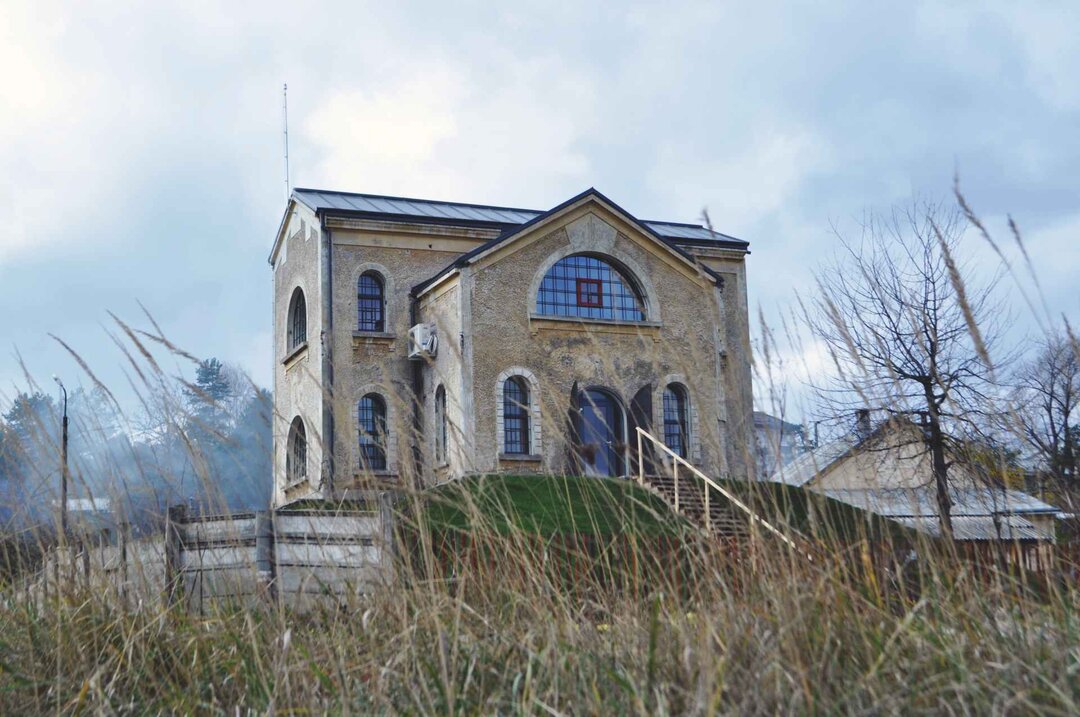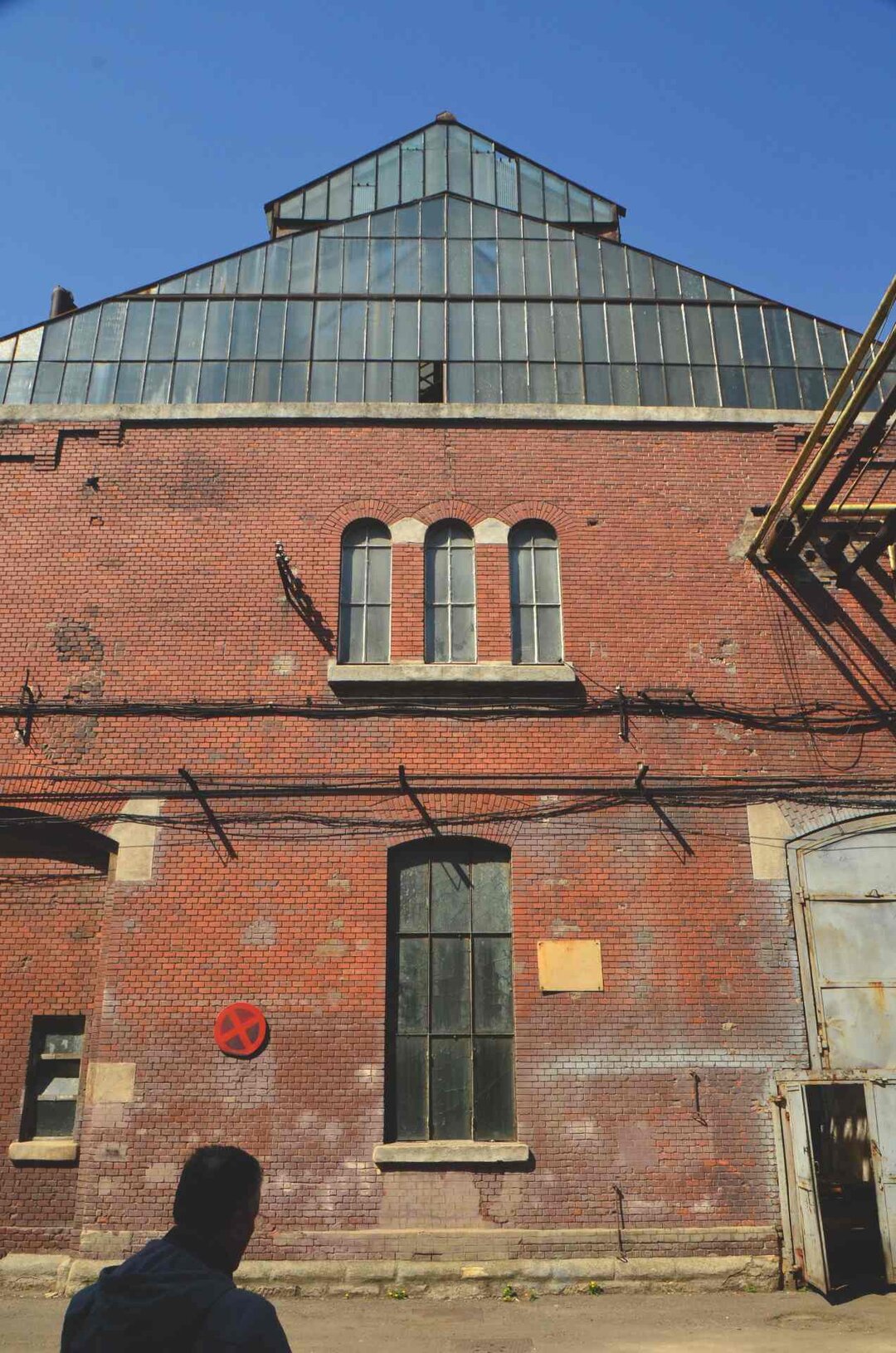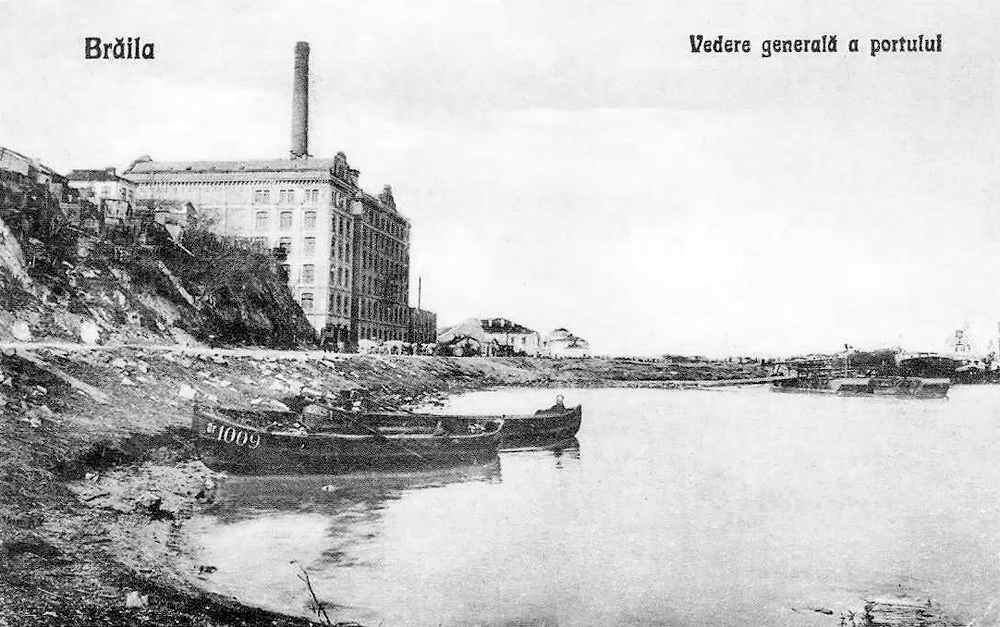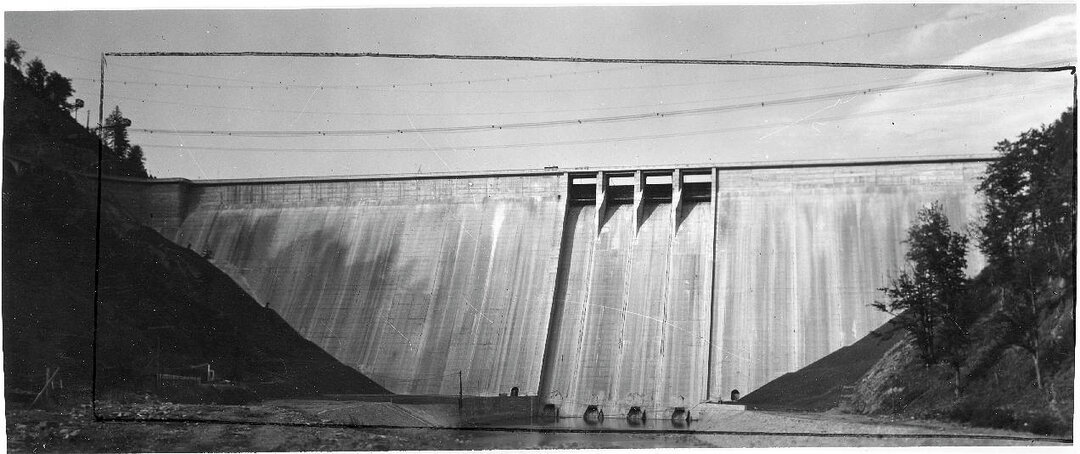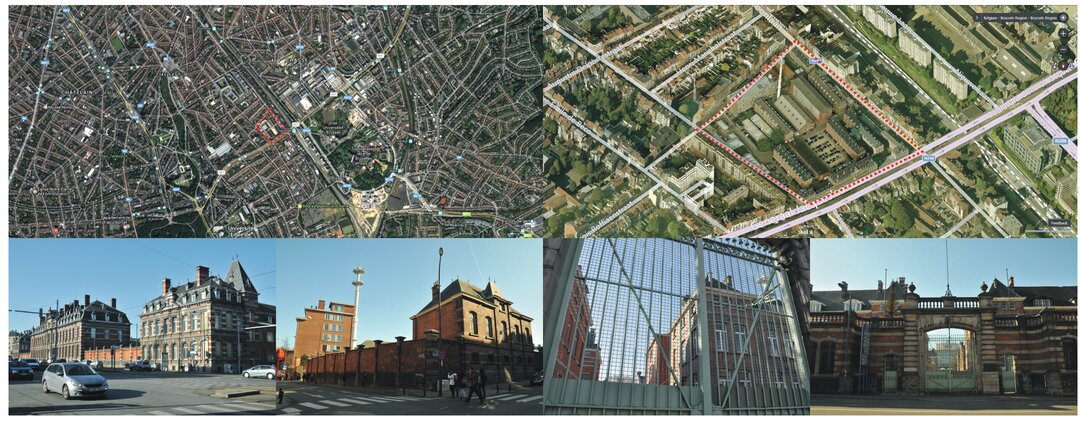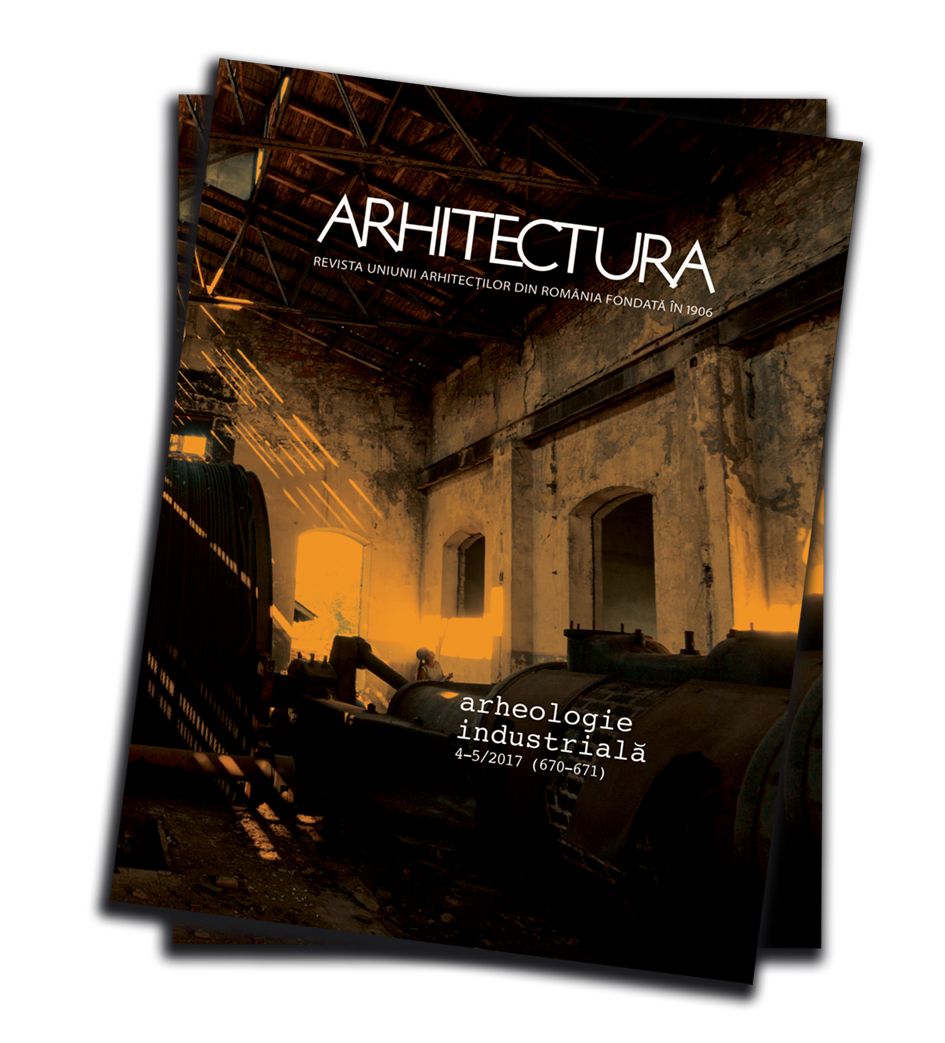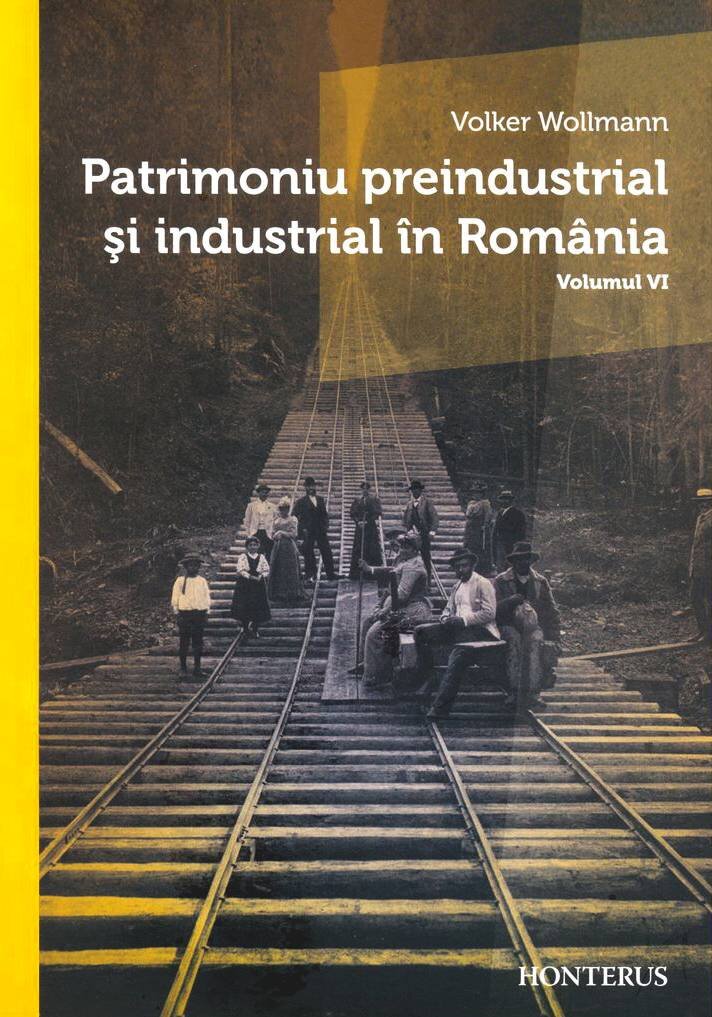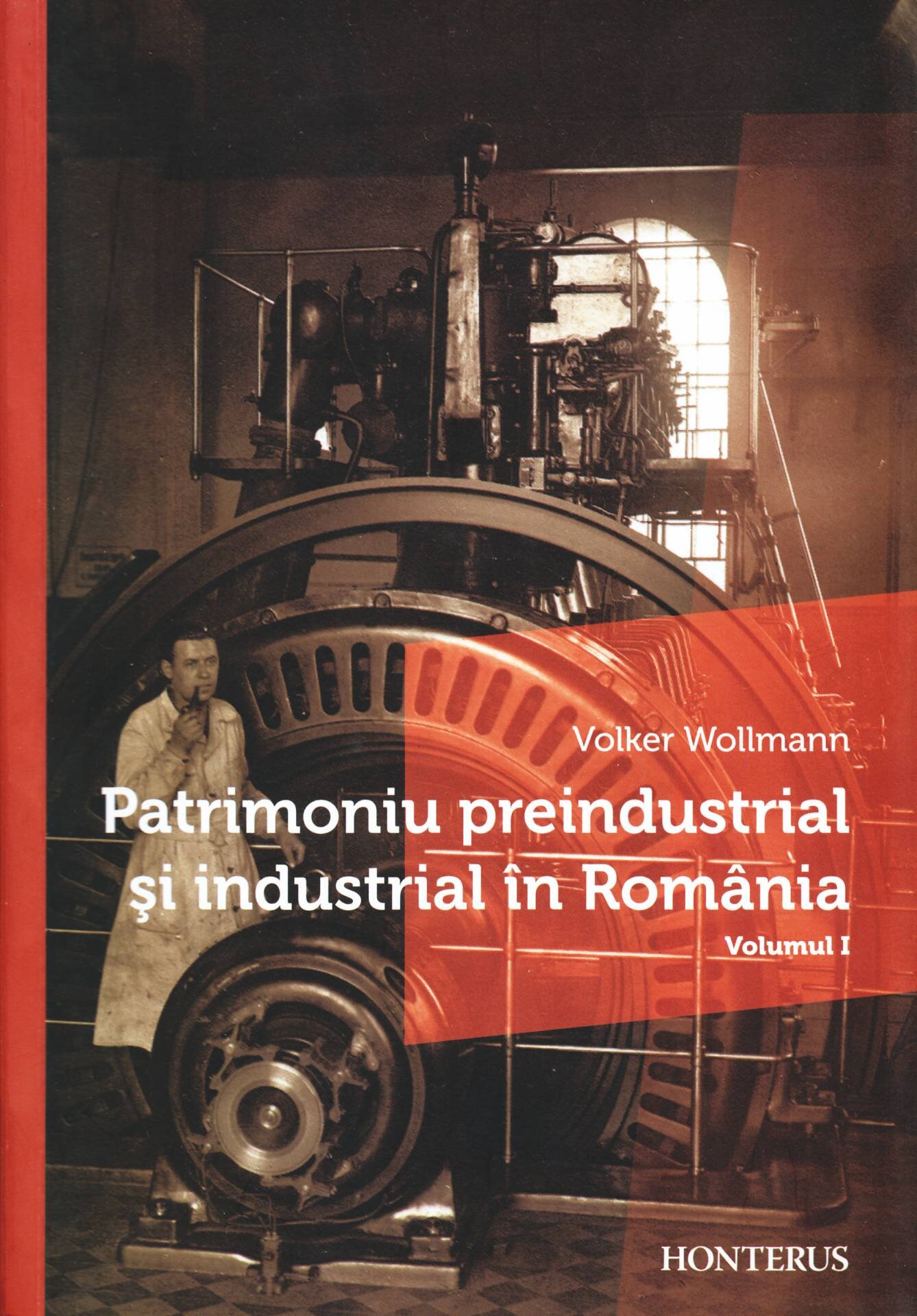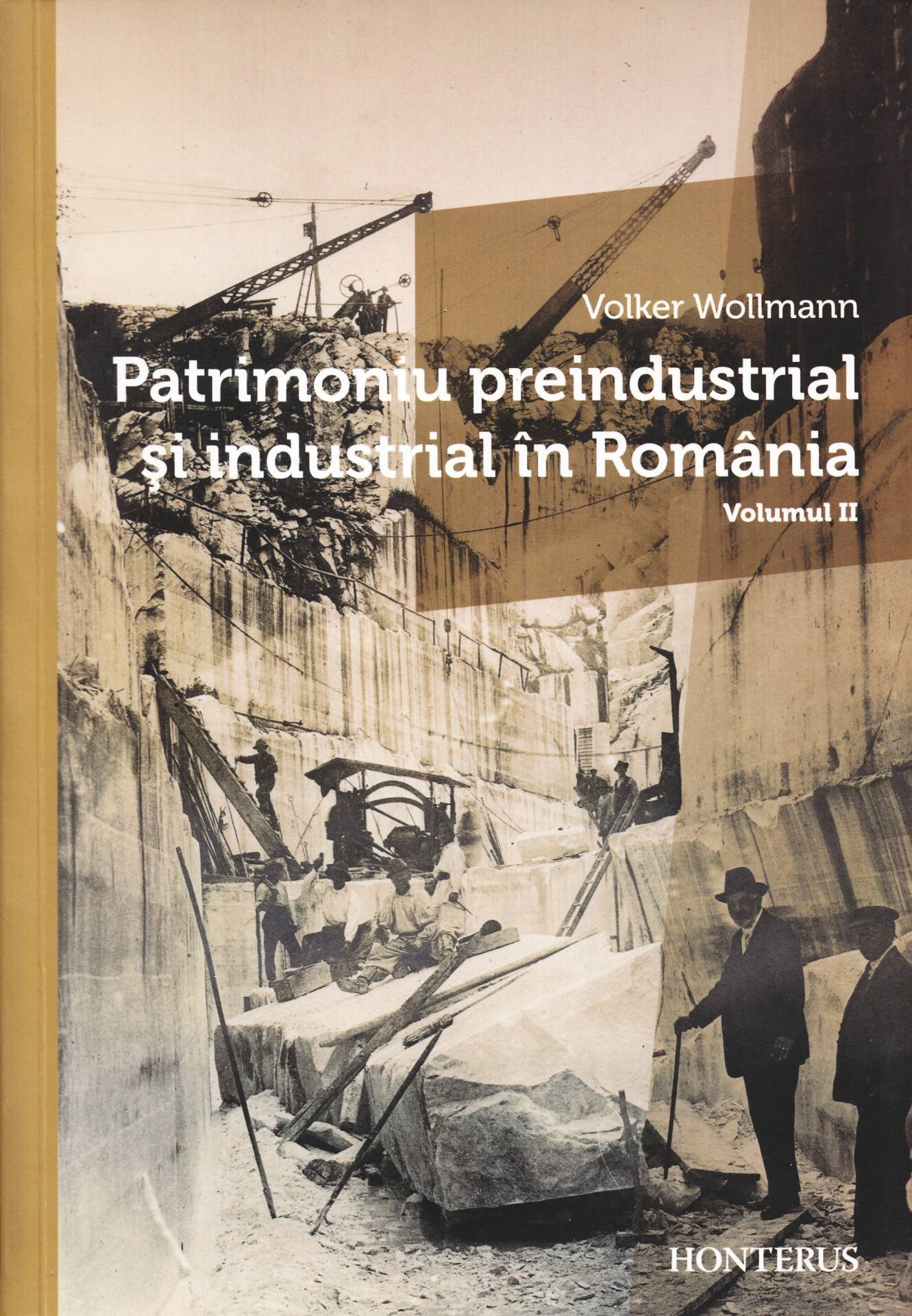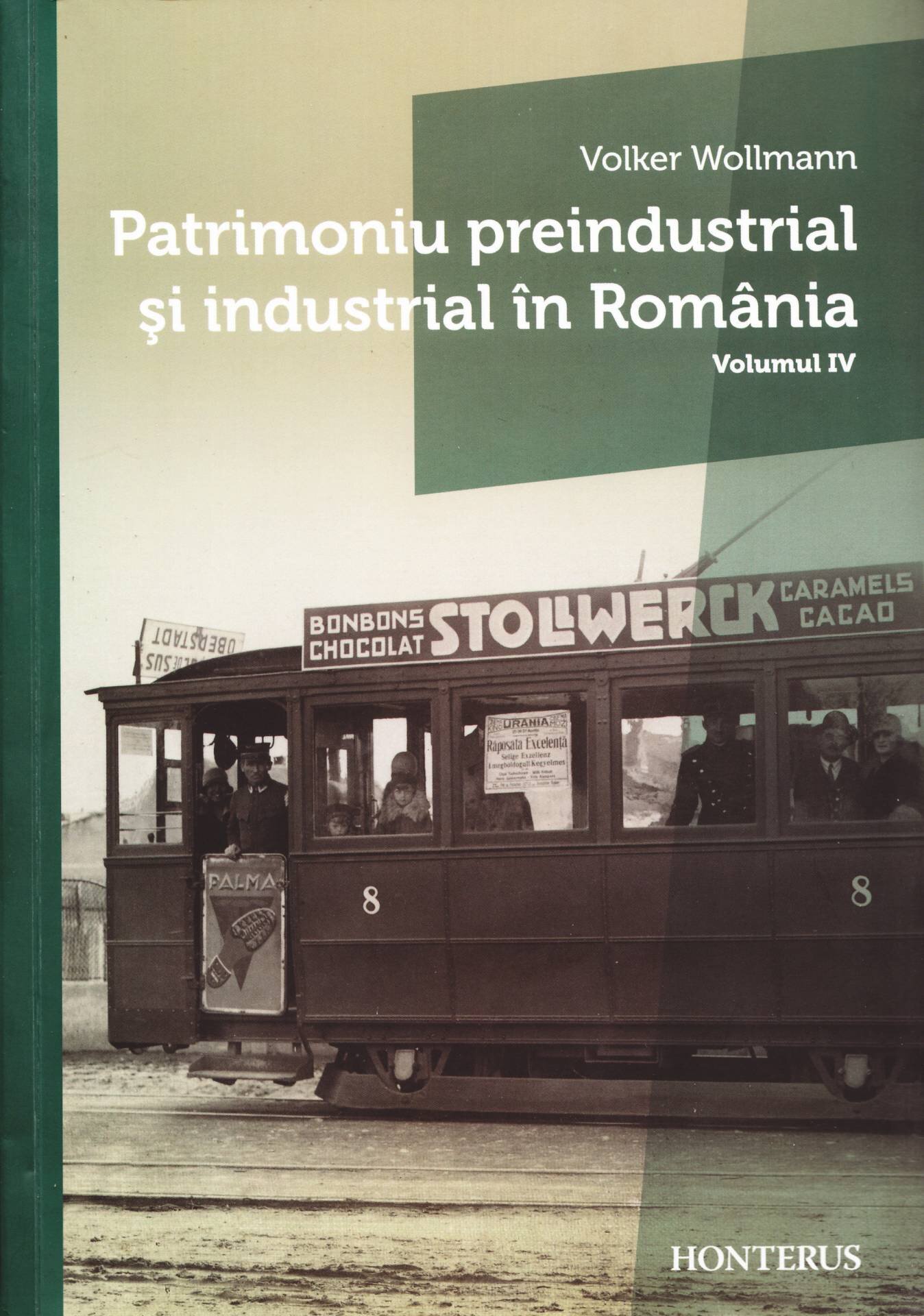
Volker Wollmann, Industrial Archaeology
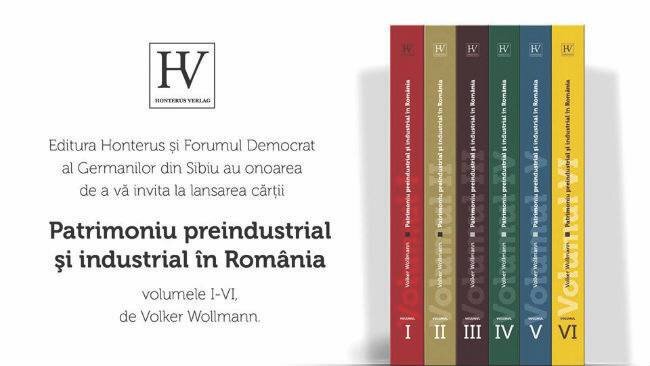
Ex libris
Volker Wollmann.Preindustrial and industrial heritage in Romania
Volumes I-VI (2010-2016)
Honterus Publishing House, Sibiu

"Romania is among the countries with a rich technical heritage, quite harmoniously distributed as a result of modern economic development. It is part of the wealth of the community, to which we should turn our attention as soon as possible, starting projects and programs of reconversion, rehabilitation, development and integration." (Volker Wollmann)
Mr. Volker Wollmann's volumes represent a unique initiative in Romania, in that they describe, classify and index everything that can represent pre-industrial and industrial heritage in Romania. The six volumes of the reviewed work explore the field of technical heritage in Romania, the author proposing "an attempt at an emergency inventory, a minimal cataloging of the mobile and immovable industrial heritage", which is today on the verge of extinction. They are the result of a deep passion and a very elaborate documentation based on an extensive bibliography, public and private archives, verbal information, documents, plans and technical sketches and a very rich illustrated material composed of old and current photographs.
The industrial heritage comprises testimonies of industrial culture, from the earliest pre-industrial manifestations to the present day, of historical, technological, social, architectural and scientific significance. This heritage, whether movable or immovable, may include: industrial buildings (workshops, halls, warehouses, water towers, thermal power stations, etc.), machines, installations, technological lines, as well as projects, technical documentation, photographs, video or audio recordings, archival documents. Technical heritage also includes an undeniable value in the intangible sphere: the traditions and customs of industrial communities. The author defines the concept of 'industrial archaeology' as a discipline ancillary to archaeology, which is concerned with the systematic investigation of all sources or sources of a material nature in all industrial sectors, from prehistoric times to the present day, in other words, a historical discipline which seeks to discover and understand its material sources (sources), i.e. technical monuments. They are therefore "primary information carriers" for a history of industry.
Each of the six volumes published between 2010-2016 addresses several categories of heritage.
 Volume I (2010, 10 chapters) deals with technical heritage related to drinking and industrial water supply, methane gas supply, non-ferrous metal mining, salt mining, coal mining, coal pits, crude oil extraction and processing, iron and iron metallurgy, copper processing, metallurgical enterprises and chemical industry. It inventories and describes dams, dams, canals, canals, aqueducts, hydro-electric power stations, waterworks, waterworks, water supply systems and water towers, mines and mining colonies, salt works, processing centers, factories, factories, factories, furnaces, kilns, furnaces, silos and machinery.
Volume I (2010, 10 chapters) deals with technical heritage related to drinking and industrial water supply, methane gas supply, non-ferrous metal mining, salt mining, coal mining, coal pits, crude oil extraction and processing, iron and iron metallurgy, copper processing, metallurgical enterprises and chemical industry. It inventories and describes dams, dams, canals, canals, aqueducts, hydro-electric power stations, waterworks, waterworks, water supply systems and water towers, mines and mining colonies, salt works, processing centers, factories, factories, factories, furnaces, kilns, furnaces, silos and machinery.
Volume II (2011, 5 chapters) covers the technical heritage related to the building materials industry, the glass industry, the textile and leather industry, the traditional means of transporting logs on water - floating and rafting, wood cutting and processing and industrialization, paper and printing factories, together with stone quarries, the lime, cement and ceramics industries.
The third volume (2012, 11 chapters) deals with the pre-industrial and industrial heritage in the food sector: cereal and oilseed processing, the sugar industry, brewing and distilling, the fermented beverage industry, meat, milk, beef and tobacco processing. The types of mills, grain warehouses, grain stores, pives and oil presses, sugar and candy factories, hop dryers, teashops, breweries, spirits, vinegar, sausages, preserves, candles, soap and tobacco are presented.
Volume IV (2014, 6 chapters) presents public utility buildings and installations constituting the public transportation heritage, public lighting systems and fixtures, road bridges, municipal baths, utility buildings, fire brigade installations and equipment, and public scales.
Volume V (2015, 7 chapters) covers urban objects and furnishings - fountains, public clocks, church tower clocks, sundials - and special constructions such as observatories, planetariums and lighthouses.
The sixth volume (2016, 8 chapters) brings to the readers' attention plaques and obelisks that mention important moments in the history of technology, memorial houses, busts, medallions of personalities with outstanding merits in the development of technology and industry in Romania, funerary monuments, the Merry Cemetery in Săpânța, trophies and crosses erected by miners and works of art inspired by the miners' activity.
The author aims to classify and inventory all the economic aspects and technical fields that preserve a movable or immovable heritage that can be valorized. Each identified heritage asset is presented and described from its appearance/construction, its evolution over time and its current state through a very richly illustrated material including photographs, sketches, plans and graphic reconstructions. The six volumes thus constitute a work of an encyclopedic nature or a dictionary of Romanian industrial heritage.
 Unfortunately, many of the heritage elements described, often buildings, have disappeared in recent years, even during the period of publication of the volumes. The author presents several such cases, such as the Victoria Factory in Călan or the Emilia waltz mill in Oradea, demolished in 2014. At the same time, however, there are also numerous concerns to save pre-industrial and industrial heritage assets such as the modernization and conservation of the Water Castle in Drobeta Turnu-Severin (2010-2012), the restoration of the Water Tower in Cugir, the enhancement of historic locomotives in Nădrag (jud. Timiș), Alba Iulia and Zlatna (Alba county) and, of course, the efforts of ethnographic and technical museums to save and preserve local pre-industrial heritage assets. The author believes that, through the actions taken by ethnographic museums, many pre-industrial objects have been saved and that it would be ideal if all museums in the country with an ethnographic section could acquire traditional objects on the verge of extinction.
Unfortunately, many of the heritage elements described, often buildings, have disappeared in recent years, even during the period of publication of the volumes. The author presents several such cases, such as the Victoria Factory in Călan or the Emilia waltz mill in Oradea, demolished in 2014. At the same time, however, there are also numerous concerns to save pre-industrial and industrial heritage assets such as the modernization and conservation of the Water Castle in Drobeta Turnu-Severin (2010-2012), the restoration of the Water Tower in Cugir, the enhancement of historic locomotives in Nădrag (jud. Timiș), Alba Iulia and Zlatna (Alba county) and, of course, the efforts of ethnographic and technical museums to save and preserve local pre-industrial heritage assets. The author believes that, through the actions taken by ethnographic museums, many pre-industrial objects have been saved and that it would be ideal if all museums in the country with an ethnographic section could acquire traditional objects on the verge of extinction.
"We are convinced that in this sixth volume dedicated to Romania's pre-industrial and industrial heritage, to which we have given the form of a supplement, we have succeeded in providing specific historical additions both in terms of cottage industry (traditional production processes) and the industrial branches covered in the previous volumes. Even though we are slowly approaching the finalization of the editorial project started in 2010 with the aim of attracting civil society to the importance of the mobile and immovable technical heritage existing in the Romanian historical provinces, we have regretfully noted that our efforts have had a poor echo. In relation to the large number of industrial monuments in Romania that require legal protection and urgent conservation interventions, we can say that things have worsened in this direction." (Volker Wollmann)
On the occasion of the publication of the sixth volume of the series, Professor Rudolf Gräf, pro-rector of the Babeș-Bolyai University of Cluj and president of the Romanian-German Cultural Society, under the aegis of the German Cultural Center, considered that "Dr. Volker Wollmann, the author of the book, is the first author of the series. Dr. Volker Wollmann has succeeded, in less than six years, in publishing the sixth volume of a series that is proving to be monumental: Pre-industrial and Industrial Heritage in Romania, a work of proportions unparalleled in Romanian historiography, but also in works on the history of technology or museology and, even less so, in those on industrial archaeology, a field in which the author is a pioneer in Romania. It is a work that could have been the result of the work of a research institution. In this case, Volker Wollmann is himself an institution. [...]
Going through this volume, as well as the other five previously published, offers a very promising insight into the history of Romanian industry, shedding light on an otherwise undreamed of wealth of activities, personalities and achievements, proving the connection of Transylvanian and Banat industry, and of the other provinces of Romania today, to the great trends in the European economy of the 18th-19th centuries. But the question remains: who is still taking care of what was done by those who went before?".
Volker Wollmann's initial project was to include the most important categories of Romania's pre-industrial and industrial heritage in two volumes, but in the course of editing the research was enriched with information and illustrative material that exceeded the author's expectations. He has benefited from the help of local institutions, often ethnographic museums, specialists, researchers and, not infrequently, collectors of period photographs and illustrations. This is how the idea of editing Volume VII, containing information about the buildings that housed the postal - telegraph - telephone - radio services and movie theaters, came about.
Volker Wollmann (b. 1942, Sibiu) is a historian who graduated from the University of Cluj-Napoca (1959-1964). With a scientific career spent mostly in Romania (history teacher at a high school in Resita, director of the Resita City Museum, scientific researcher at the Institute of History and Archaeology Cluj-Napoca between 1967 and 1988), continued since 1988 in Germany, trained under the guidance of great personalities of Romanian historical science, Wollmann has successfully deciphered the history of the modern era and, in particular, the history of industry, using the knowledge and methods acquired in the study of classical archaeology.
He is one of the authors/editors of the 10 volumes Silber und Salz in Siebenbürgen published between 1999-2010, part of a large Romanian-German program together with numerous exhibitions on the subject.


